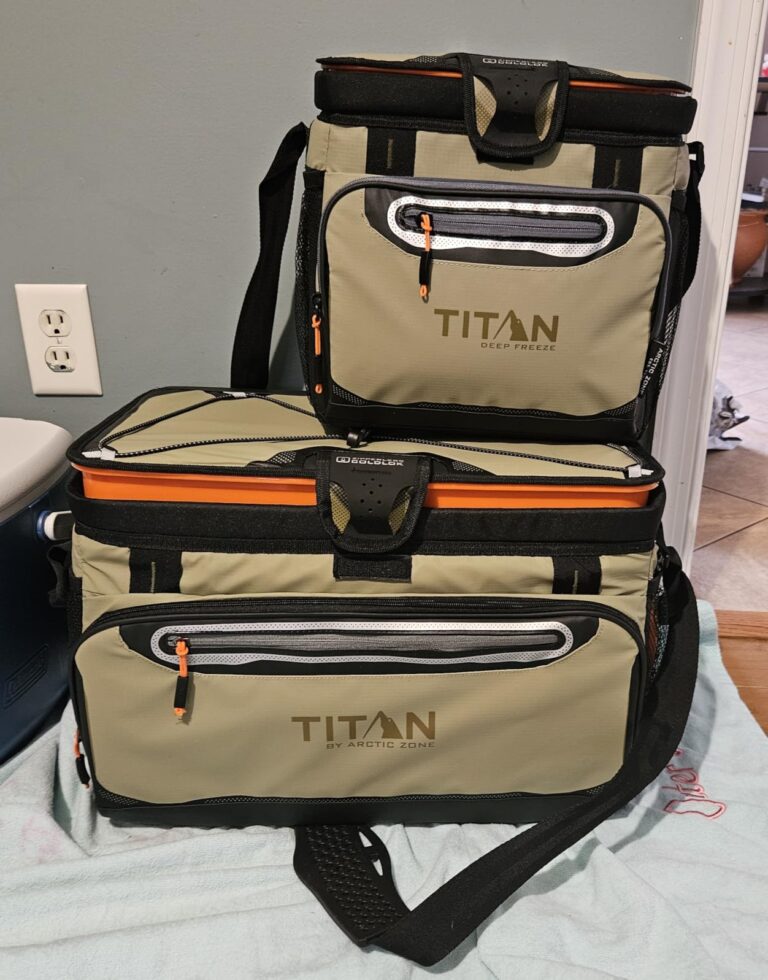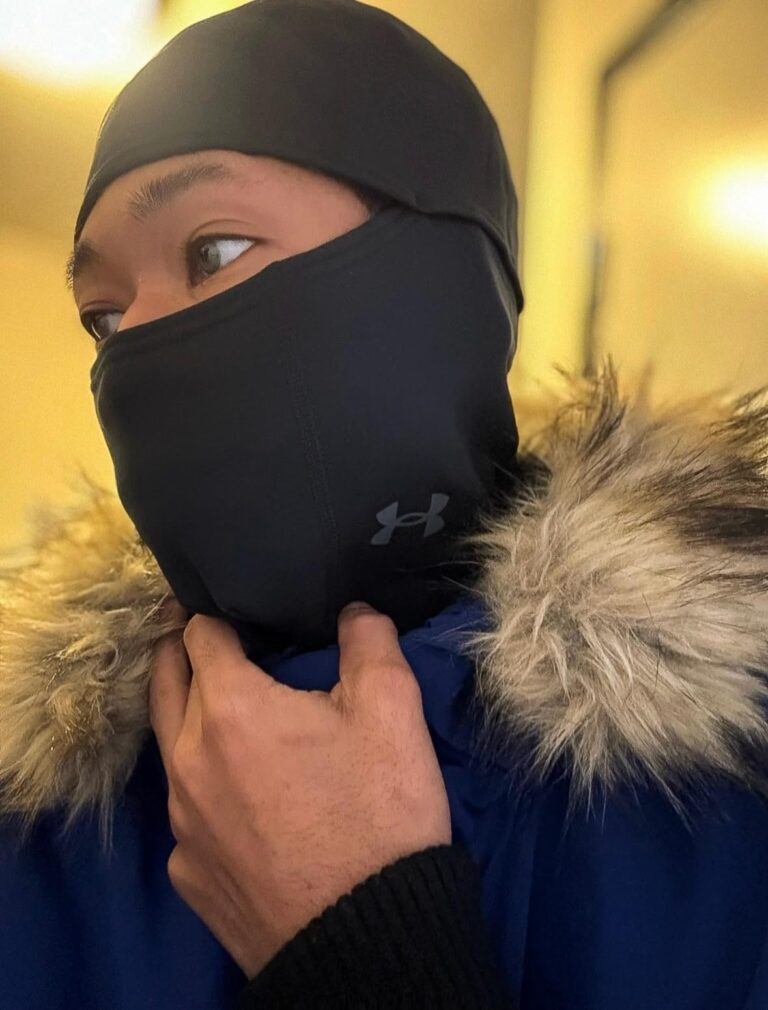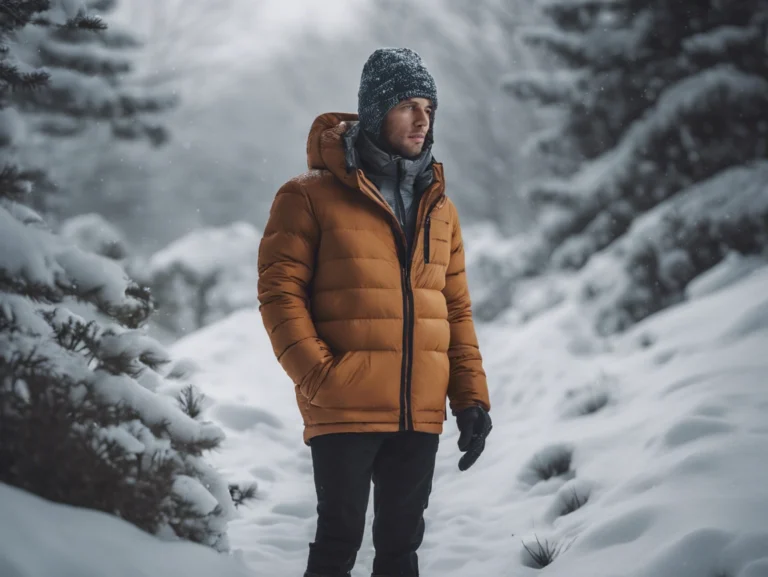So you’ve done backcountry skiing and are ready to choose a backcountry ski setup. One of the most thrilling aspects of backcountry skiing is taking the plunge. It may be overpowering. This article will be the perfect step-by-step guide on How to Find Your Perfect Pair of Backcountry Touring Skis.
Ski touring is the new winter sport to beat. Every season, more and more snow-obsessed skiers leave the security of groomed slopes to enjoy the magnificence of deep snow in the mountains. If you want to reach the winter peaks with your power, this article will provide many essential recommendations to help you discover the ideal ski-touring equipment.

What is skiing in the backcountry?
Backcountry skiing happens outside of the ski-patrolled area. This can be in the backcountry or right next to a ski resort. The American backcountry is more obvious, and you should stay within the bounds and into a closed area of the ski hill. It’s usually divided by a fence.
When you slide off a marked ski run in Europe, you are “off-piste,” which means “off-track.” When you leave the trail, you are on your own. Whether you call it “backcountry” or “off-piste,” you are responsible for your safety and well-being.
How to Find Your Perfect Pair of Backcountry Touring Skis: Ski Touring, and Backcountry Skiing Gear
Backcountry gear has come a long way in the last ten years. There are now a lot of uphill and backcountry-specific skis, boots, poles, packs, outerwear, and avalanche safety gear to choose from. That’s both good and bad news: gear is now more durable and lighter than ever, but there are so many options that it can take time to choose the right gear.

As a result, novices new to alpine touring may benefit by reading and learning about the fundamentals of the sport, then bringing that information into a ski store and chatting with someone who can assist them in choosing the best configuration. In the meantime, here are some basic things you need to know about alpine touring equipment to get you started.
Boots
Backcountry ski boots are different in a few important ways from downhill ski boots:
- They can be used to both walk and ski. The cuff may swivel in walk mode, making it simpler to glide uphill and decreasing the pressure on the legs, knees, and ankles caused by inflexible cuff boots.
- They have toe and heel components and corresponding sole plates compatible with technical and alpine binding versions.
- They weigh less than regular ski boots.
Comfort may be the most important thing to look for in a pair of AT ski boots, e33ven more so than in traditional downhill boots, since you’ll probably spend a lot of time walking uphill. Before buying, make sure to try on the shoes. There are different flex options on the market, but a 130-flex AT ski boot will be more relaxed than a 130-flex downhill boot.
Tech Bindings

Most backcountry skiers prefer bindings with separate toe and heel pins that link to tech inserts in their boots. When mounting the hill, use the toe pin to secure your boot, allowing your foot to lift and drop with each step naturally. When ready to head downhill, insert the heel pin to ensure the whole foot. There may be a learning curve for novices, but these bindings are the greatest choice for weight-conscious backcountry skiers.
Frame binders
These bindings are beefier than other choices on the market and are similar to conventional bindings, with toe and heel pieces joined by a rail on the frame. The whole binding rises with you when you go uphill, and when you move downhill, it locks into the frame. These bindings will let you ski fast and hard on the downhills. However, downhill speed comes at a cost: heavier and less suitable for extended rides.
Hybrid Bindings
These bindings take the best parts of the two other choices. They have the benefits of frame bindings for downhill but are still light and flexible, like tech bindings. This is usually done by putting an alpine heel on a tech toe. Skiers who alternate between resorts and the backcountry have also embraced hybrid bindings in recent years.
Touring Boots
The next purchase should be a pair of decent, well-fitting touring boots. You’ll be spending a lot of time at these places, so if you’re searching for somewhere to spend your money, this is an excellent choice. Touring boots are distinguished from downhill boots in many ways: For starters, they’re lighter, allowing you to trek uphill more easily and feature a more flexible walk mode than inbounds boots. Some boots can clip into alpine touring (AT) and downhill bindings, which is a good choice if you already have resort skis and want to buy one set of boots.
Climbing Skins
Skis are slick, and you can climb slopes once you have them. Skins adhere to the bottoms of your skis to provide grip while walking uphill. They’re generally composed of nylon, mohair, or a combination of the two and have a texture that looks like millions of tiny directional hairs. When you weigh your ski, the hairs hold the snow and create sufficient friction to keep you from sliding backwards. When you step forward, the skins glide, letting you walk comfortably.
How to Find Your Perfect Pair of Backcountry Touring Skis: Things to consider before going on your first tour

- Planning
A big part of an adventure is getting ready for it. Getting your friends together, making plans, packing, and mentally getting ready is fun. Ski touring has many moving parts, and we’re not just talking about the weather in the mountains, which can change quickly. You must do a lot of planning for your trip!
- Teamwork
Teamwork is an essential thing to think about. You have to believe and trust the people you are going with. It means knowing their line, how they act, and being sure of what you know. Out in the mountains, a lot of communication goes on without words. For example, people know when to stop when they are tired or scared. After all, if something goes wrong, it could have big effects. Our advice is to train, read up, and practice with your friends to ensure you have the most epic, dangerous, and safe adventure possible.
- Start small
To be able to ski the off-piste terrain on the downhills, you’ll need to be a strong intermediate skier. Find a safe place not too far from the slopes to practice your technique and get used to your equipment as you start. As with any skiing, ski touring is extreme, so start small and plan an easy route to let you try it out without risking your safety. You don’t get a medal for going too far too soon.
You could also hire a guide who knows the area and can figure out how good you are. They will not only show you a safe route, but they will also help you improve your technique to saving energy and time. One of the scary things for people new to touring is the idea that you need to be as fit as an Olympic athlete to climb a mountain. This isn’t true, and as long as you can jog slowly, you’ll be fine. Pace yourself and start with short trips you can build on as your fitness improves.
How to Find Your Perfect Pair of Backcountry Touring Skis: How To Choose A Pair Of Backcountry Skis
Camber
If you lay a pair of skis flat on a surface, the skis will rise from the surface. The rise, most noticeable at the waist, is called camber. This rise means that when the ski is weighted, the weight will be spread out evenly along the whole length of the ski instead of just in the middle. If you want skis that grip well on hard snow, look for ones with a lot of camber underfoot.
Rocker
Rocker is usually found in the tips and tails of skis and snowboards to help them float in fresh snow. By lifting the tops and bottoms of the skis off the snow, the recommendations are less likely to “tip-dive” into fresh snow when the skier presses down on the tips. Rocker also shortens the contact length between the edges and the snow, making it easier to turn the skis in fresh snow. A ski without a rocker might sink or push through the fresh snow.
Rocker Mix
Skis are often made with a mix of rocker, camber, and rocker. Check out the ski profile pictures in each ski review to find out how much camber and rocker the ski in question has.
Width
When backcountry skiing, it’s essential to pay attention to the width of your waist. The more surface area you have under your feet, the more likely you float through fresh snow. On the other hand, smaller waist widths have more grip on firm snow because your boot power can go straight to the edges of the skis.
Final Words
This guide explains How to Find Your Perfect Pair of Backcountry Touring Skis. We will make every step to ensure that you understand this tutorial. We hope you like this article. Please stay in touch if you continue to have problems with anything.














